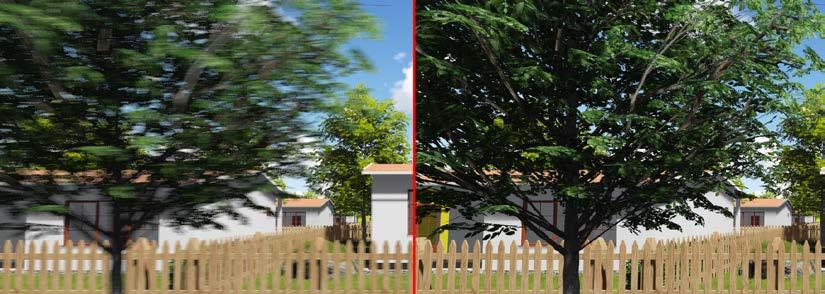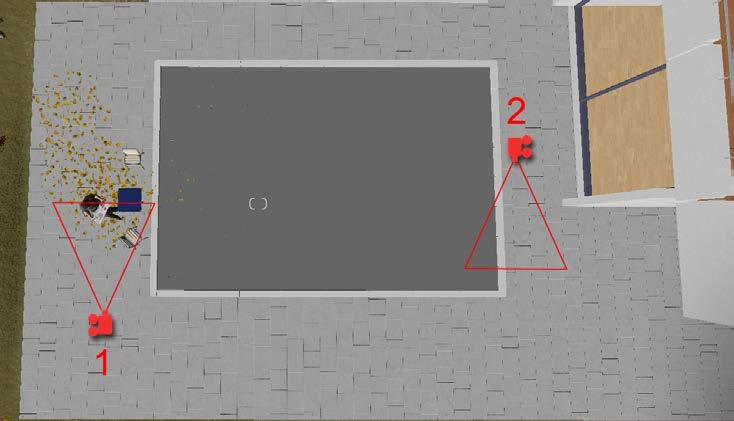
1 minute read
Working with Physically Based Materials
by TD Garden
Creating seamless textures
A seamless texture is nothing out of this world. In simple terms, a seamless texture is an image that can be placed side-by-side with itself without creating a noticeable seam between the two copies. They are not that difficult to create. The trick is making them less repetitive so that when you apply them on a big area, there isn't any noticeable pattern.
Advertisement
If you don't want to lose time with this, Cgtextures.com is a good place to go because they provide tiled or seamless textures.
Again, we will have to stick with Photoshop to create a seamless texture, since we cannot cover here all of the image editor applications available.
If you are not too concerned about getting perfect textures, you may want to have a look at the free seamless textures generator available at http://www.the-orange-box.com/.
Start by creating a square texture and keep in mind the image size. After that, select the Offset tool and, in both the Horizontal and Vertical text box, insert the image size divided by two, as shown in the following screenshot:
In the preceding screenshot, the image was a square of 2608 by 2608px, so we used a value of 1304px. Your image, like the one shown in the preceding screenshot, will have some seams that need to be corrected. The only way to do that is by manually using the Clone tool to clone pixel information from one point to another until the seam disappears.
If you want to take this texture to the next level repeat all the processes again until, no matter how many times you offset, the texture will not have any visible seam.
Creating reflection and glossiness maps
Creating a reflection and a glossiness map is not that difficult, but please keep in mind that these are just some generic steps to create these kinds of textures. You always need to tweak the textures by loading them into Lumion and seeing if the result is what you like.
Starting with the reflection map, duplicate the diffuse texture and desaturate by pressing the Shift + Ctrl + U key combination. Using the levels exaggerates the contrast in the dark range, but keep in mind that a reflection map controls where the reflection happens and how strong it is. So, a value close to black will not reflect at all, while a white area will be fully reflective.
The same principle applies to the glossiness map, but in this case remember that the glossiness map controls how sharp or blurry the reflection is. In the end, you may end up with something similar to what you can see in the following screenshot:







